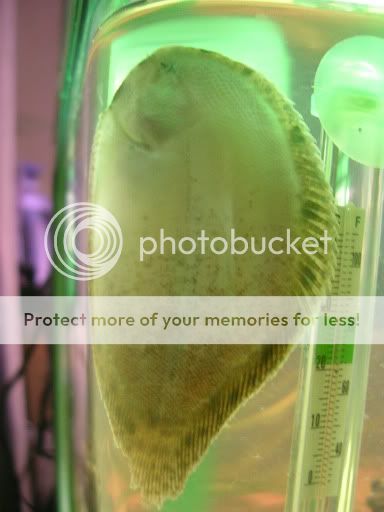The sole advertised there is
Trinectes maculatus, also known as the common hogchoker sole.
http /filaman.ifm-geomar.de/summary/Speci...ary.php?id=4260
/filaman.ifm-geomar.de/summary/Speci...ary.php?id=4260
These are subtropical (rather than tropical) fish that inhabit fresh, brackish, and marine waters. Hogchokers can survive months, maybe years, in freshwater as they are regularly found tens of miles inland. Nonetheless, best results come from keeping them at SG 1.005+ and providing them with a sandy substrate and not-too-warm water.
I personally wouldn't risk one with the more aggressive pufferfish, like
Tetraodon spp. At SG 1.005 you could keep a South American puffer, which will do perfectly well in low-end brackish, but that wouldn't be the ideal situation for these pufferfish which do prefer freshwater. A better approach would be to set up a tank for the soles for a while on their own, and grow them on a bit. Later on, you could add some subtropical livebearers or killifish from the same habitat (like Florida flagfish or mosquitofish).
Soles are quite difficult to keep. They are nocturnal, and feeding them requires [1] you give them food at night and [2] you don't let other fish eat that food before the sole. Bloodworms and tubifex are very popular foods, especially as live foods.
Cheers,
Neale
 /www.aquariumfish.net/catalog_pages/...er/brackish.htm
/www.aquariumfish.net/catalog_pages/...er/brackish.htm /www.aquariumfish.net/catalog_pages/...er/brackish.htm
/www.aquariumfish.net/catalog_pages/...er/brackish.htm

